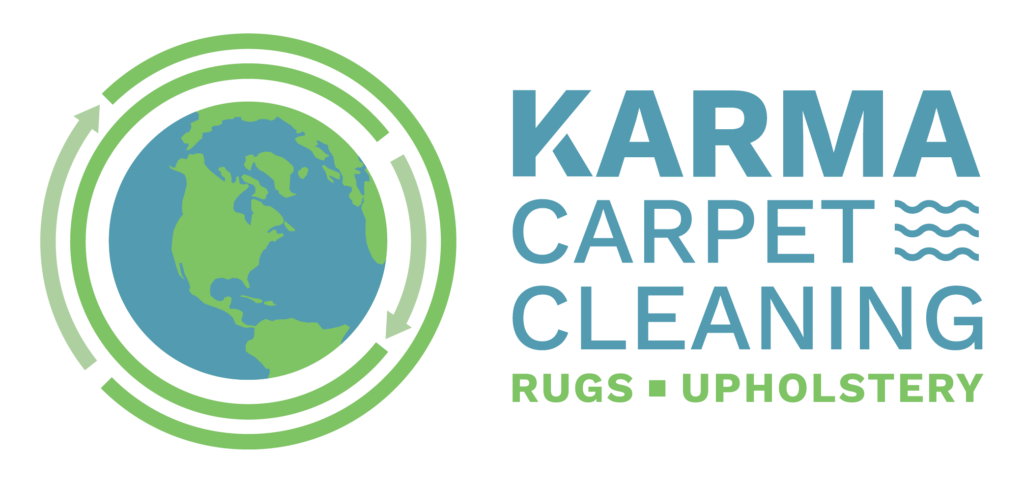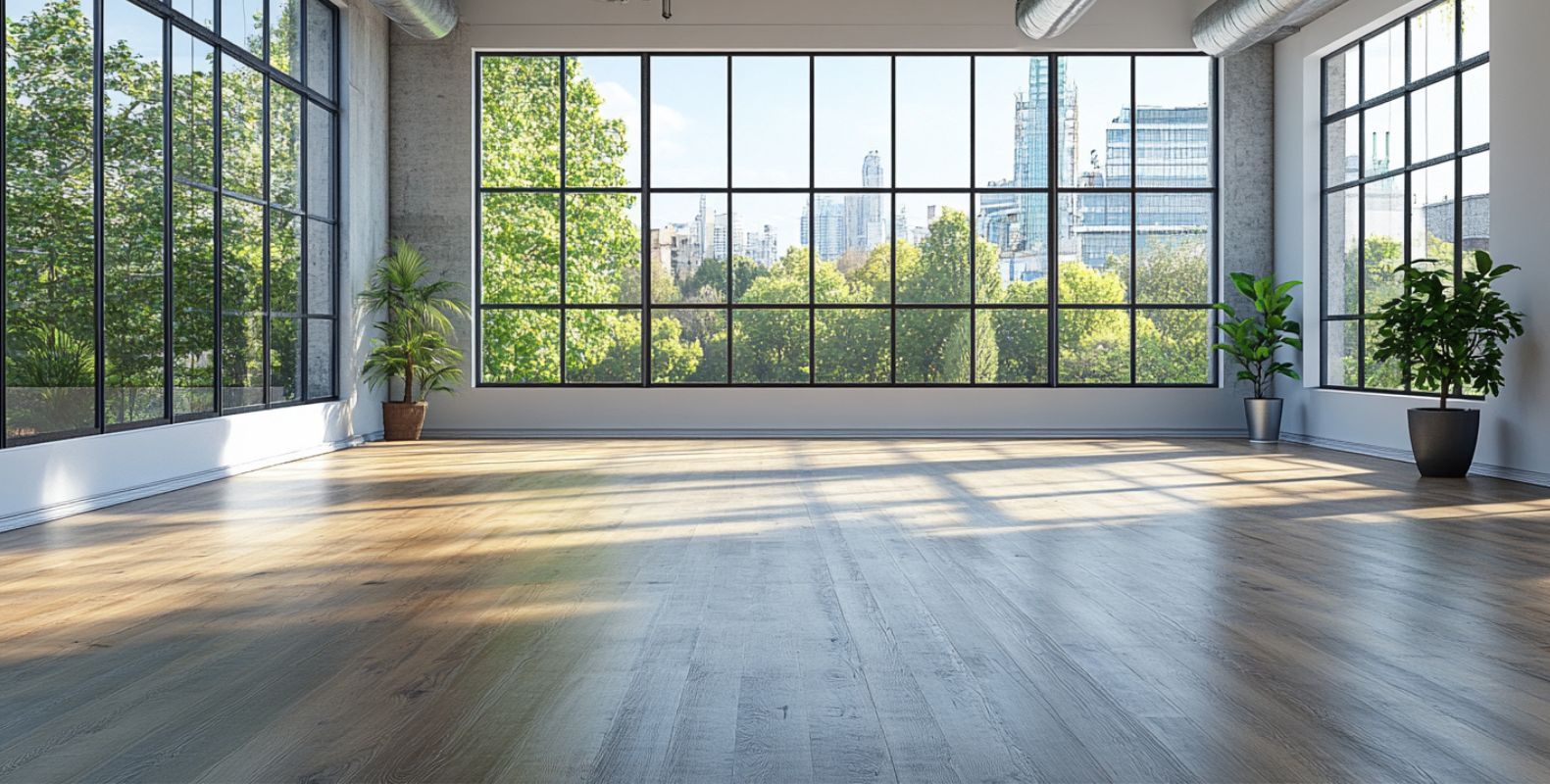Revealing the Natural Beauty: The Essence of Hardwood Cleaning

Revealing the Natural Beauty: The Essence of Hardwood Cleaning
Hardwood has unique care needs that should be understood in order to prolong its life and beauty. Regular maintenance and the skillful implementation of the essential steps is essential to keep hardwood in the best condition, and the difference between deep cleaning and surface cleaning should also be understood. Finally, it is important to recognize the effects of the environment on hardwood care.
Understanding Hardwood’s Unique Care Needs
Understanding Hardwood’s Unique Care Needs is essential to prevent long-term damage and prematurely aging flooring. Appropriate and regular hardwood flooring maintenance is key when it comes to preserving the original appearance of the flooring. It should be noted that hardwood flooring should never be waxed or oiled. Instead, a water-based floor finish should be used, which prevents discoloration and keeps the floor in top condition for many years.
On the other hand, hardwood flooring does require frequent cleaning with a dust mop. As debris accumulates on the floors, it should be removed regularly to prevent scratching the delicate finish. In addition, special care should be taken when moving furniture, appliances, and other heavy items. Protective mats should be used under chairs and tables to prevent scuffing. Coasters should also be used for furniture legs.
Spills and stains require conclusive cleanup to prevent long term watermark damage due to excessive moisture. As a result, any spills should be wiped up quickly with a dry cloth. If a stain persists, a mild cleaning solution such as a mixture of water and white vinegar should be used to clean the hardwood safely and carefully.
Finally, prevent fading and discoloration of the hardwood flooring by keeping the sun’s UV rays away from it. The use of curtains or blinds, or placement of furniture strategically, can protect hardwood floors. Similarly, area rugs should be used to cover up portions of the floor, like hallways, that see more wear and tear.
With the proper care and maintenance, hardwood flooring can last a lifetime – and in turn enhance the beauty of any home. Taking the time to ensure your hardwood floors are cared for appropriately will pay dividends in the longevity of the flooring, as well as the appearance of the space.
Essential Steps for Regular Hardwood Maintenance
Regular maintenance for hardwood floors is essential for preserving their longevity and beauty. Cleaning routine should include daily and weekly chores. On a daily basis, sweep the hardwood floor with a broom or dust mop to pick up dust particles. Vacuum the floor gently with a soft-bristled brush so as to prevent scratching the surface. Weekly, you should mop the hardwood floor with a manufacturer-recommended cleaner, making sure to use a slightly damp mop. However, be sure that the mop is not too wet to avoid water seeping into the hardwood surface and warping it. Furthermore, give the floor a thorough inspection for scratches and other damage caused by scratches or pet toenails. Spot treat the damaged areas with a hardwood flooring restorer that is specifically made for your floor’s finish and wood type.
In addition, hardwood floors can fade and need occasional refinishing. Small areas can be sanded down and recoated in a few hours have the floor looking fresh and brand new. Installation of felt protectors under the legs of heavy furniture as well as using rugs in high traffic areas will reduce scuffing and scratching. Moreover, for a longer lasting finish on a hardwood floor, use a high-quality polymer based finish, or recoat the existing floor with additional coats of polyurethane finish.
To reduce the need for maintenance, never clean or wax the floor with detergents, soap, furniture polishes, wax, or oil. These products will dull the surface and reduce the protective finish on the floor. As a result, professionally cleaned hardwood floors should be used every 6-12 months to restore their original lustre and give them added protection. Therefore, regular maintenance, cleaning, and refinishing is essential in order to keep hardwood floors looking their best and protect them from damage.
Deep Cleaning Vs. Surface Cleaning: What’s the Difference?
Deep cleaning and surface cleaning are two often misunderstood concepts. Deep cleaning is the process of cleaning deeper down into the materials you are cleaning and goes beyond the regular cleaning activities of surface cleaning. It requires an extensive scrubbing to remove dirt and dust that has become embedded in the fabric and is more time consuming and detailed than surface cleaning. However, surface cleaning is the process of cleaning the surface of items such as furniture, walls, and floors in order to remove dust and dirt buildup. It is quicker than deep cleaning and can be done more regularly in order to maintain the desired level of cleanliness.
Deep cleaning is more of an involved process and usually requires professional cleaning. Deep cleaning may require the use of strong chemicals and special tools, such as steam and vacuum cleaners in order to remove the dirt that has become deeply embedded in the fabrics and floors. In addition, some objects may require additional tools or treatments to effectively deep clean them such as wood floors that will need to be re-sanded or carpets that will require deep powdering and then vacuuming. Surface cleaning does not require any extra tools or special treatment, and can usually be done with a mop, vacuum cleaner, or rag. It is designed to remove any dirt accumulation on the surface of an object and can be done more frequently than deep cleaning because it does not require as much scrubbing or special treatment.
Therefore, deep cleaning and surface cleaning are both important processes in maintaining cleanliness in your home or business. It is important to understand the difference between the two and select the best option when it comes to the appropriate level of cleaning for each area. Furthermore, when high-traffic or highly stained areas are present, it is important to note that deep cleaning may be necessary. For instance, kitchen surfaces are typically deep cleaned after holidays or events due to heavy use. Similarly, commercial buildings may opt for a deep clean during renovation in order to maintain an extremely cleanly environment.
As a result, it is important to note that both deep cleaning and surface cleaning have their place in maintaining cleanliness levels. Deep cleaning is usually used for more intense levels of dirt and grime, while surface cleaning is better for more regular cleaning. Consequently, in order to keep your home or business looking its best, it is important to understand which type of cleaning process is best for each space.
The Impact of Environment on Hardwood Care
The environment has a major impact on hardwood care and maintenance. Extreme variations in temperature or changes in the environment can have an adverse effect on the hardwood, making it susceptible to warping, shrinking and expanding unpredictably. Furthermore, direct sunlight can cause the hardwood floors to become sun bleached, causing it to lose its natural beauty. On the other hand, the humidity of the environment can have an adverse effect on hardwood, causing it to become discolored and molded.
Similarly, the hardwood can be damaged by moisture, becoming warped or distorted over time due to standing water or high levels of humidity. As a result, it is important to take measures to protect hardwood from environmental exposure, such as closing off windows or installing a dehumidifier in areas prone to moisture buildup. Moreover, making sure that indoor temperatures stay consistent can help to stabilize any variation in the wood. In addition, adding a protective finish to wood can help to protect hardwood from any long-term environmental damage.
Finally, hardwood floors should be regularly mopped and swept to ensure no dirt or debris builds up on the surface of the wood. Dirt can be abrasive and cause damage to the hardwood if allowed to accumulate, and should be regularly removed in order to preserve the finish of the wood. Consequently, following the necessary guidelines for hardwood floor care and maintenance can lead to a longer-lasting beautiful floor that will remain in good condition for many years.
Final Thoughts
Understanding hardwood’s unique care needs and how to properly maintain the beauty of your hardwood surface is essential in keeping it looking its best. The basics involve regularly vacuuming and/or dusting the surface, as well as primarily utilizing a dry mop treatment. A deep cleaning of the hardwood should be done no more than once a year, and if a surface cleaning is necessary, it should be done immediately after accidental spills and splashes occur. Additionally, environment can greatly impact hardwood floor care, so it is important to be aware of environmental factors and adjust your hardwood care routine accordingly. Through regular, proactive cleaning and an understanding of the effect environment can have on hardwood, homeowners can maintain and enjoy the beauty of their hardwood flooring for years to come.
FAQ
Why is hardwood cleaning different from other floor cleaning?
Hardwood cleaning differs from cleaning other types of flooring due to the unique characteristics of wood. Unlike tile or laminate flooring, hardwood is porous and sensitive to moisture. Excessive water or harsh chemicals can damage hardwood, causing warping, swelling, or discoloration. Additionally, hardwood floors are typically finished with protective coatings, so they require specific care to maintain their appearance. Regular sweeping and gentle cleaning are essential to avoid scratches and surface wear. Understanding the specific needs of hardwood is crucial for preserving its beauty and longevity.
How often should I deep clean my hardwood floors?
The frequency of deep cleaning hardwood floors depends on various factors, including the level of foot traffic and the environment. In most households, deep cleaning every 6 to 12 months is recommended. However, if your home experiences heavy traffic or you have pets, more frequent deep cleaning may be necessary. Deep cleaning involves removing dirt, grime, and built-up residue using specialized hardwood floor cleaners and methods like mopping with minimal moisture. Regularly inspect your floors for signs of dirt buildup, and adjust your cleaning schedule accordingly to keep your hardwood looking its best.
Can I use regular floor cleaners on my hardwood?
It’s generally not advisable to use regular floor cleaners designed for other surfaces, like tile or vinyl, on hardwood floors. These cleaners may contain harsh chemicals or excessive moisture, which can damage the wood and its protective finish. Instead, opt for hardwood-specific cleaners that are pH-balanced and formulated to clean without leaving residue or causing harm. When choosing a cleaner, check that it’s compatible with your hardwood floor’s finish, whether it’s polyurethane, wax, or another type. Always follow the manufacturer’s recommendations for cleaning products to ensure your hardwood retains its luster.
How do I protect my hardwood from fading or discoloration?
To shield your hardwood floors from fading or discoloration, follow these preventive measures:
- Limit Sun Exposure: Direct sunlight can cause hardwood to fade over time. Use blinds, curtains, or UV-blocking window films to minimize exposure during peak sunlight hours.
- Area Rugs and Mats: Place area rugs and mats in high-traffic areas, especially entryways, to reduce wear and prevent fading.
- Regular Cleaning: Dust and dirt can act like abrasives, causing gradual wear and fading. Regularly sweep or vacuum your hardwood floors to remove debris.
- Proper Humidity: Maintain consistent indoor humidity levels, ideally between 35% and 55%. Fluctuations in humidity can lead to wood expansion and contraction, which may result in cracks or discoloration.
- Prompt Spill Cleanup: Accidental spills should be cleaned up immediately to prevent staining and damage to the finish.
- Area Rug Rotation: If you have area rugs, periodically move them to ensure even exposure to light and wear.
- Proper Maintenance: Follow manufacturer-recommended cleaning and maintenance guidelines for your hardwood floor’s specific finish. This includes using appropriate cleaners and avoiding excessive moisture during cleaning.
By implementing these protective measures and maintaining a consistent cleaning routine, you can help preserve the natural beauty and color of your hardwood floors for years to come.







